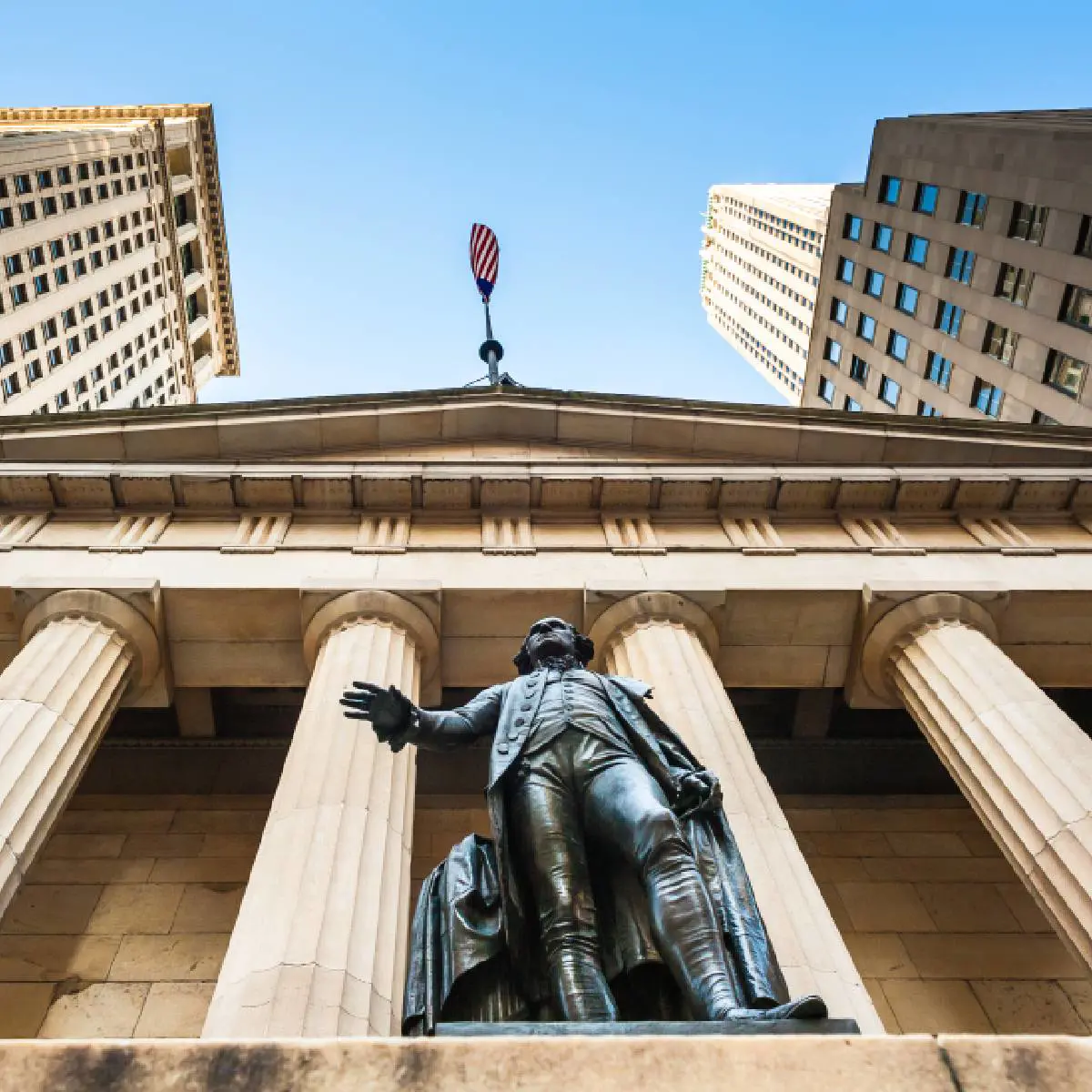
After a prolonged bond bull market, and in the face of rising interest rates, investors are searching for ways to generate income and shield against interest rate-driven price volatility. The US high yield market continues to represent a sensible, low duration fixed income option in an environment in which stable, unleveraged income is difficult to obtain, according to Andrew Susser, Portfolio Manager for the Candriam Global Funds US Corporate High Yield Bond Fund.